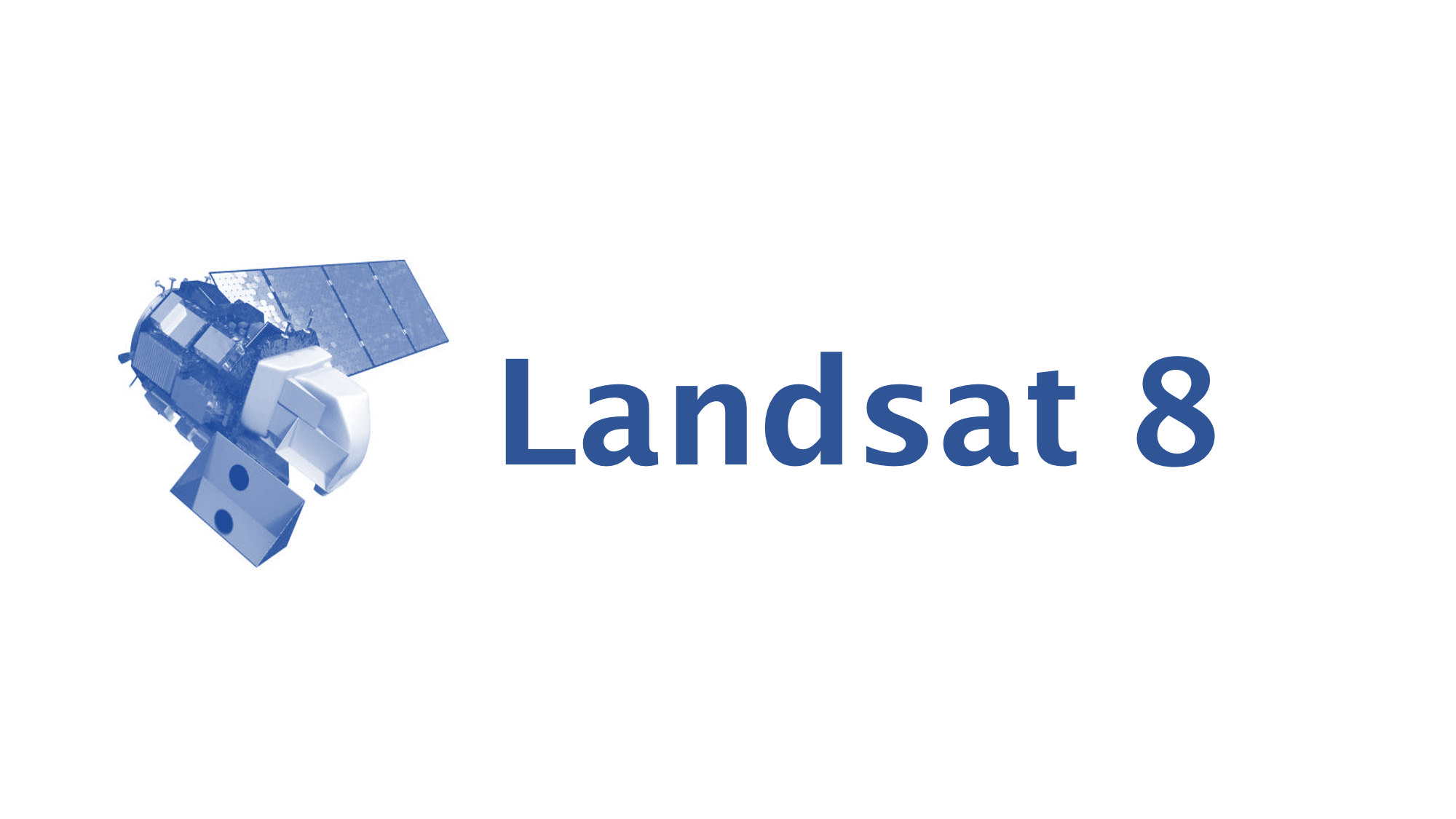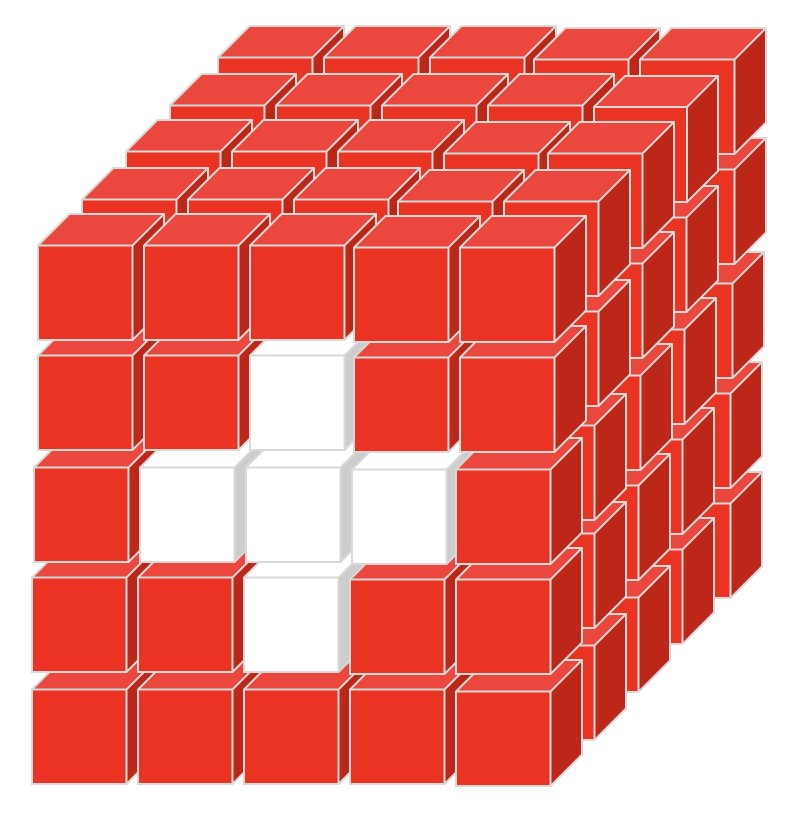30
Type of resources
Topics
Keywords
Contact for the resource
Provided by
Formats
Representation types
Update frequencies
status
Scale
-

This dataset is the Landsat 7 Analysis Ready Data (ARD) - Level 2 (surface reflectance) archive for Switzerland. Detailed description about the Landsat 7 mission can be found in the CEOS Earth Observation Handbook: http://database.eohandbook.com/database/missionsummary.aspx?missionID=349 The Landsat archive is extremely interesting because this is the longest EO program, initiated in 1972, it has provided continual and consistent observations for almost 50 years. Since 2008, the complete data archive has been provided under a free and open access policy. This has enabled dense time-series analysis, moving beyond simple diachronic comparison of a set of images, therefore dramatically improving capabilities to monitor environmental changes. To cover the whole of Switzerland, it requires eight Landsat 7 scenes (Path/Row: 193/027, 194/027, 195/027, 196/027, 193/028, 194/028, 195/028, 196/028) representing an area of latitude 44.9 to 48.7 and longitude 4.1 to 12.8. Data are downloaded as Collection 1/Tier 1 – Level 2 Surface Reflectance encompassing a surface of approximately 185km by 180km. Collection 1/Tier 1 scenes are data with the highest available data quality (e.g., geometric and radiometric corrections) and considered suitable for time-series analysis (https://www.usgs.gov/land-resources/nli/landsat/landsat-collection-1). Level 2 corresponds to surface reflectance (i.e., the estimate based on Landsat sensor observations of the fraction of incoming solar radiation reflected from Earth’s surface). These data are corrected for atmospheric perturbations (e.g., aerosol scattering, thin clouds) enabling direct comparison between multiple images and dates. This corresponds to the ARD level. The sensor’s Scan-Line Corrector (SLC) failed in July 2003 and approximately 225 of the pixels per scene have since then not been scanned. However, the spatial and spectral quality of the remaining 78% of pixels images remain valid. Landsat data are provided by USGS with Quality Assessment (QA) information to help users to determine their suitability for specific applications. An 8-bit LandsatLook Quality Image and 16-bit Quality Assessment Band40 are also included. Details on each file are described at: https://www.usgs.gov/land-resources/nli/landsat/landsat-collection-1-level-1-quality-assessment-band. Level 2 products are generated by the USGS from level 1 product and using the official LEDAPS/LASRC algorithm. "A Pixel Quality Assurance (pixel_qa) band is provided with all Landsat Surface Reflectance-derived Spectral Indices. The band is in unsigned 16-bit format, values are bit-packed and provide information pertaining to a pixel condition of fill, clear, water, cloud shadow, snow, cloud (yes/no), cloud confidence and cirrus cloud confidence (Landsat 8 only)" https://www.usgs.gov/land-resources/nli/landsat/landsat-sr-derived-spectral-indices-pixel-quality-band.
-

This dataset is the Landsat 5 Analysis Ready Data (ARD) - Level 2 (surface reflectance) archive for Switzerland. Detailed description about the Landsat 8 mission can be found in the CEOS Earth Observation Handbook: http://database.eohandbook.com/database/missionsummary.aspx?missionID=547 The Landsat archive is extremely interesting because this is the longest EO program, initiated in 1972, it has provided continual and consistent observations for almost 50 years. Since 2008, the complete data archive has been provided under a free and open access policy. This has enabled dense time-series analysis, moving beyond simple diachronic comparison of a set of images, therefore dramatically improving capabilities to monitor environmental changes. To cover the whole of Switzerland, it requires eight Landsat 8 scenes (Path/Row: 193/027, 194/027, 195/027, 196/027, 193/028, 194/028, 195/028, 196/028) representing an area of latitude 44.9 to 48.7 and longitude 4.1 to 12.8. Data are downloaded as Collection 1/Tier 1 – Level 2 Surface Reflectance encompassing a surface of approximately 185km by 180km. Collection 1/Tier 1 scenes are data with the highest available data quality (e.g., geometric and radiometric corrections) and considered suitable for time-series analysis (https://www.usgs.gov/land-resources/nli/landsat/landsat-collection-1). Level 2 corresponds to surface reflectance (i.e., the estimate based on Landsat sensor observations of the fraction of incoming solar radiation reflected from Earth’s surface). These data are corrected for atmospheric perturbations (e.g., aerosol scattering, thin clouds) enabling direct comparison between multiple images and dates. This corresponds to the ARD level. Landsat data are provided by USGS with Quality Assessment (QA) information to help users to determine their suitability for specific applications. An 8-bit LandsatLook Quality Image and 16-bit Quality Assessment Band40 are also included. Details on each file are described at: https://www.usgs.gov/land-resources/nli/landsat/landsat-collection-1-level-1-quality-assessment-band. Level 2 products are generated by the USGS from level 1 product and using the official LEDAPS/LASRC algorithm. "A Pixel Quality Assurance (pixel_qa) band is provided with all Landsat Surface Reflectance-derived Spectral Indices. The band is in unsigned 16-bit format, values are bit-packed and provide information pertaining to a pixel condition of fill, clear, water, cloud shadow, snow, cloud (yes/no), cloud confidence and cirrus cloud confidence (Landsat 8 only)" https://www.usgs.gov/land-resources/nli/landsat/landsat-sr-derived-spectral-indices-pixel-quality-band.
-

This dataset is the Landsat 5 Analysis Ready Data (ARD) - Level 2 (surface reflectance) archive for Switzerland. Detailed description about the Landsat 5 mission can be found in the CEOS Earth Observation Handbook: http://database.eohandbook.com/database/missionsummary.aspx?missionID=226 The Landsat archive is extremely interesting because this is the longest EO program, initiated in 1972, it has provided continual and consistent observations for almost 50 years. Since 2008, the complete data archive has been provided under a free and open access policy. This has enabled dense time-series analysis, moving beyond simple diachronic comparison of a set of images, therefore dramatically improving capabilities to monitor environmental changes. To cover the whole of Switzerland, it requires eight Landsat 5 scenes (Path/Row: 193/027, 194/027, 195/027, 196/027, 193/028, 194/028, 195/028, 196/028) representing an area of latitude 44.9 to 48.7 and longitude 4.1 to 12.8. Data are downloaded as Collection 1/Tier 1 – Level 2 Surface Reflectance encompassing a surface of approximately 185km by 180km. Collection 1/Tier 1 scenes are data with the highest available data quality (e.g., geometric and radiometric corrections) and considered suitable for time-series analysis (https://www.usgs.gov/land-resources/nli/landsat/landsat-collection-1). Level 2 corresponds to surface reflectance (i.e., the estimate based on Landsat sensor observations of the fraction of incoming solar radiation reflected from Earth’s surface). These data are corrected for atmospheric perturbations (e.g., aerosol scattering, thin clouds) enabling direct comparison between multiple images and dates. This corresponds to the ARD level. Landsat data are provided by USGS with Quality Assessment (QA) information to help users to determine their suitability for specific applications. An 8-bit LandsatLook Quality Image and 16-bit Quality Assessment Band40 are also included. Details on each file are described at: https://www.usgs.gov/land-resources/nli/landsat/landsat-collection-1-level-1-quality-assessment-band. Level 2 products are generated by the USGS from level 1 product and using the official LEDAPS/LASRC algorithm. "A Pixel Quality Assurance (pixel_qa) band is provided with all Landsat Surface Reflectance-derived Spectral Indices. The band is in unsigned 16-bit format, values are bit-packed and provide information pertaining to a pixel condition of fill, clear, water, cloud shadow, snow, cloud (yes/no), cloud confidence and cirrus cloud confidence (Landsat 8 only)" https://www.usgs.gov/land-resources/nli/landsat/landsat-sr-derived-spectral-indices-pixel-quality-band.
 SwissEnvEO
SwissEnvEO